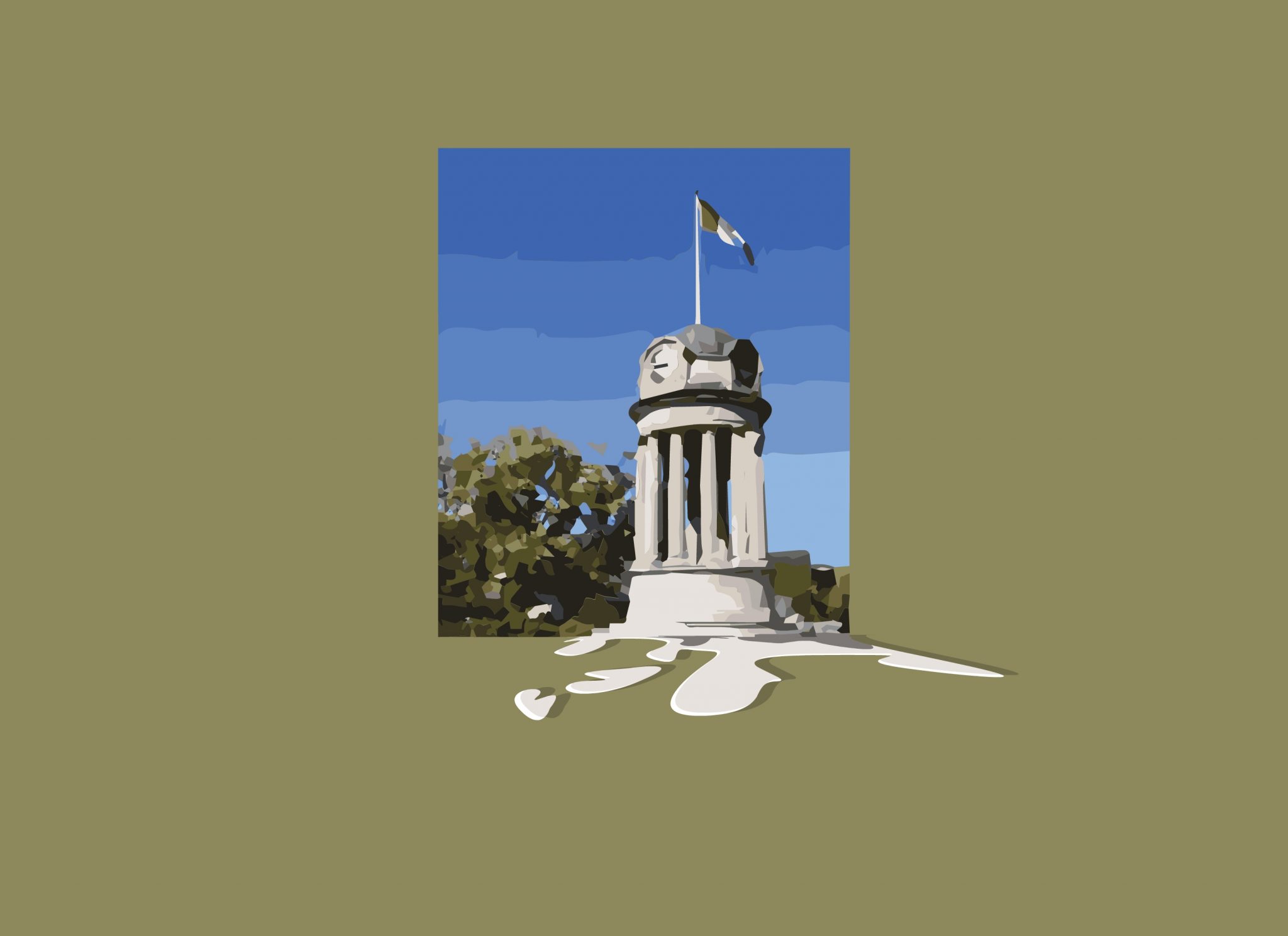Laurier research investigates tourist sites to be lost to climate change


Research at Wilfrid Laurier University predicts that Jasper National Park’s glacier in Alberta will disappear in the next 100 years, and tourists will see a substantial decrease in its quality by 2050 as a result of climate change.
Disappearing tourist destinations as a result of climate change have sparked a new tourism trend, dubbed ‘last chance tourism.’
Last chance tourism is when tourists explicitly seek vanishing landscapes, and/or disappearing natural/social heritage as a result of climate and environmental change. Research at Laurier has focused on how the tourism industry will be influenced by sites in Canada being affected by climate change.
Christopher Lemieux, a professor at Laurier has been studying the impacts of climate change and tourism and has specifically looked at Jasper National Park and the Athabasca Glacier.
Lemieux also works with Mark Groulx, from the University of Northern British Columbia, researching the tourism of Churchill Manitoba, known for its polar bear population.
Lemieux’s research is the first research of its kind to look at last chance tourism in Canada within a protected area as well as the first to predict what the Athabasca Glacier will look like by 2050.
Lemieux’s study focuses on whether tourists will continue to travel to the melting glacier once it reaches a drastically smaller size by the year 2050, considering the accessibility and appeal to tourists. While there has been a spike in tourism in 2017/18, Lemieux explores if this kind of tourism will persist.
“People are willing to go see these disappearing features within our parks, and people want to see this within their lifetime to go home and share with their friends,” Lemieux said.
Jasper National Park sees roughly 2.5 million visitors every year, half of which visit the glacier.
Lemieux’s recent study focused on surveying whether the tourism at Jasper National Park will diminish as a result of the melting Glacier.
“The glacier itself has receded approximately 1.5 km and lost about half of its thickness,” Lemieux said.
Findings of studying last chance tourism in Canada suggest that there is a paradox between traveling to these destinations and the vanishing landscapes.
“We’re finding that there is a paradox here that people are essentially harming the very site their visiting through long-distance travel,” Lemieux said.
The phenomenon of “last chance tourism” derives from the industry capitalizing on the landscapes being newly vulnerable and rare destinations.
Tourists are motivated to see these disappearing features and want to observe, photograph and interact with the natural environment in its estimated last years.
Last chance tourism also provides opportunities for parks to fund for conservation of the space.
“These places are being marketed by the tourism industry as last chance to see, but park agencies are sometimes benefiting from that,” Lemieux said. “They can reinvest it in their parks and conservations.”
This often presents a paradox for researchers and park management to preserve the natural landscape while also benefiting from the tourist industry economically.
“There is a trade-off, more people are going to the glacier and the greenhouse gas emission is making the glacier shrink, but the park agency is getting more revenue from it they can reinvest in conservation efforts, so there are all these little trade offs that need to be considered.”

